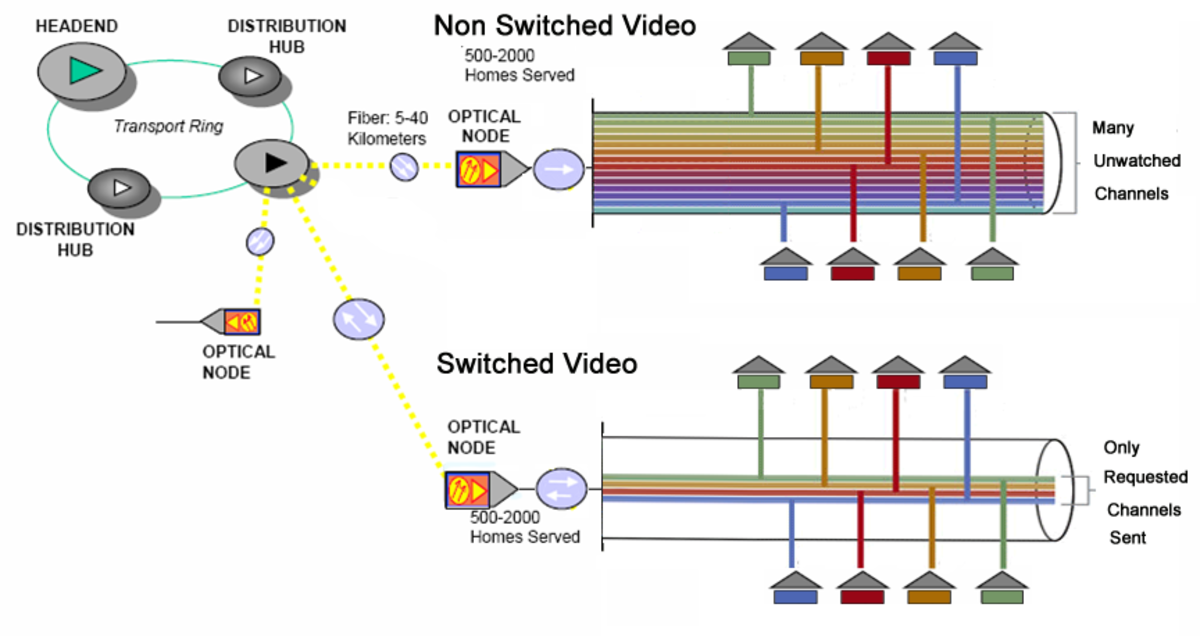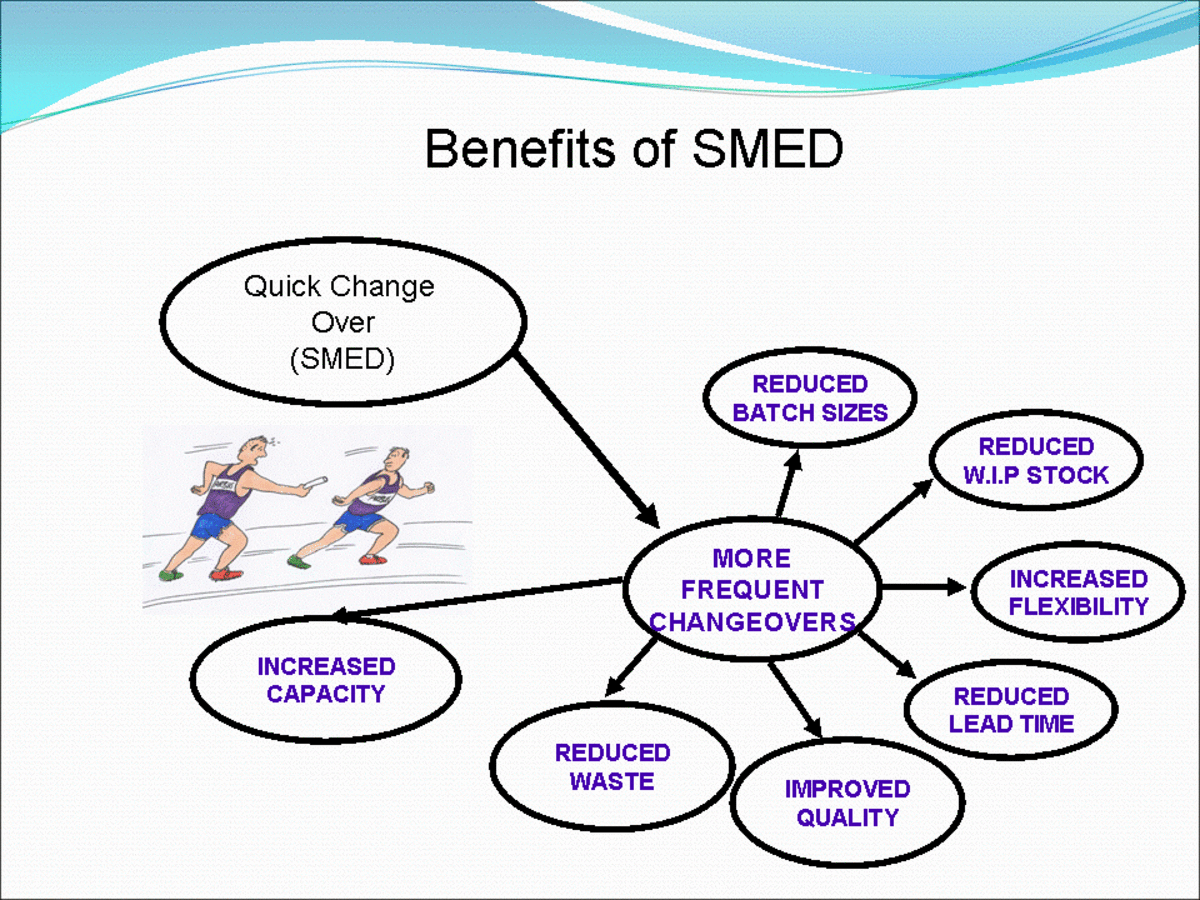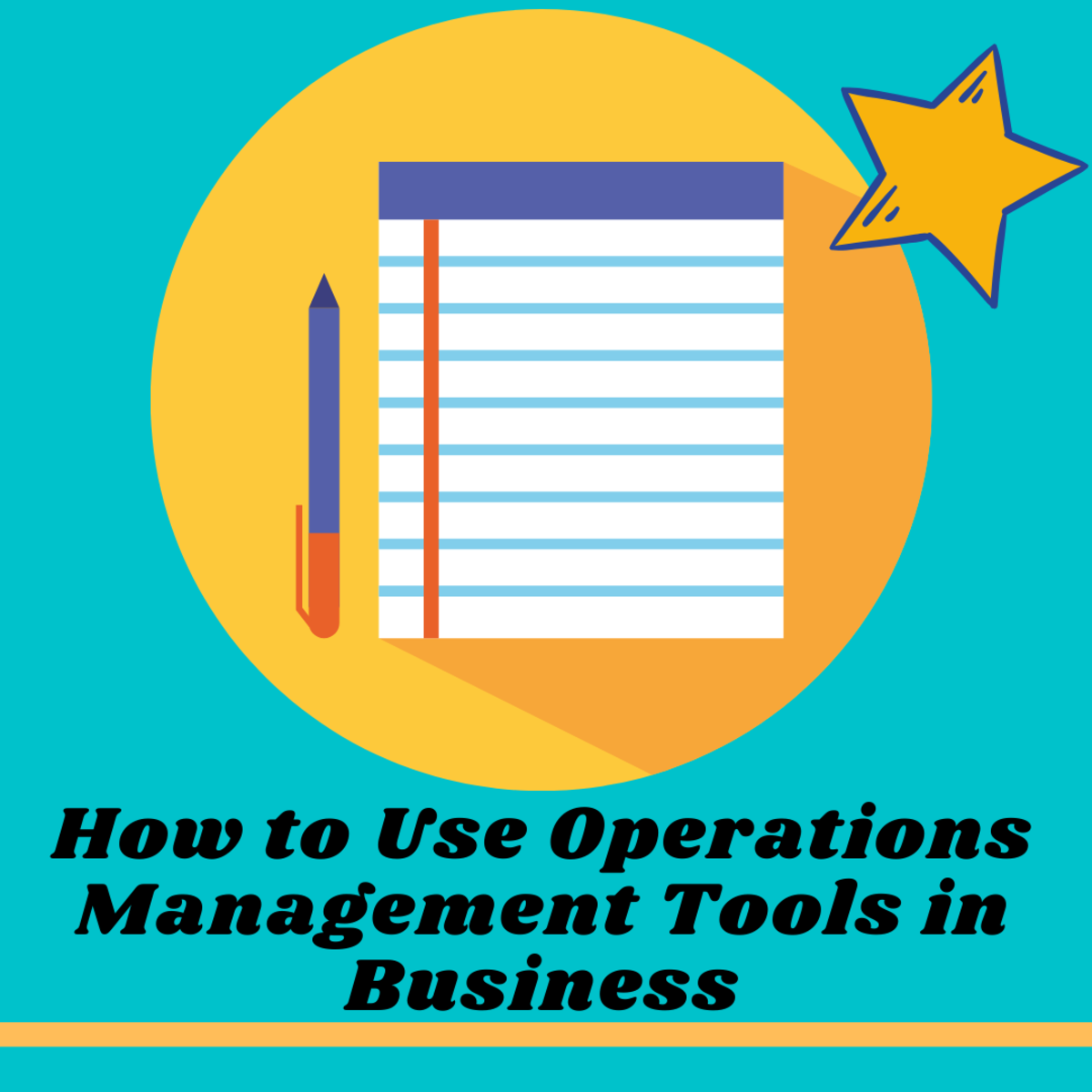System Testing and Implementation
Performing a System Test: Ensuring Quality and Smooth Implementation
In the realm of system development, testing plays a crucial role in uncovering any unknown issues and ensuring the eventual system's quality. It is important to note that testing is not meant to showcase the perfection of a program's manual or equipment. Although it can be a tedious process, it significantly contributes to assuring the overall functionality and performance of the system.
Let's delve into the stages of testing that are typically carried out during system development:
Unit Testing
This initial stage involves testing each individual module of the system using specific test data. The purpose is to verify if each module operates as planned and meets the desired requirements.
Integration Testing
Integration testing focuses on testing the interaction and compatibility between different modules and programs within the system. This stage ensures smooth intermodule and inter program linkage and validates the overall functionality of the system.
System Testing
The system testing stage evaluates the overall performance and function of the entire system. It tests the system's validity, function, and performance to ensure that it aligns with the desired specifications. The results obtained from system testing are crucial in determining when to initiate the system's actual service. This testing stage is typically conducted by the software developer.
Operational Testing
Operational testing takes place in the actual operating environment to thoroughly examine whether the newly completed system is capable of real-world operation. This testing phase is mainly carried out by users who assess if the system aligns with their expectations and requirements.
Implementation: A Key Step in the System Development Process
One critical aspect of system implementation is training. The analyst must accurately assess the individuals who require training. The training strategy employed depends on the intended trainees and the trainers themselves.
Who Needs Training?
Training should encompass all individuals who will have primary or secondary roles in using the system. This includes not only data entry personnel but also all system users, including those who may not directly interact with the hardware. The amount of training required depends on the extent to which a job will change due to the implementation of the new system. Training sessions should be tailored to different user levels and job roles, ensuring that the content is relevant to their specific needs.
Here are some training guidelines to consider:
- Establish measurable objectives for the training program.
- Utilize appropriate training methods and techniques.
- Select a suitable training site conducive to effective learning.
- Provide training materials that are easy for employees to understand.
System Changeover: Exploring Different Approaches
System changeover refers to the process of transitioning from the old system to the newly implemented one. There are different types of system changeover methods:
Direct Changeover
With direct changeover, the old system is completely replaced by the new system on a specified date. While this approach offers a clean cut from the old system, it comes with some disadvantages. Potential issues include longer delays in case of problems, user resistance to unfamiliarity, and the lack of a direct comparison between the old and new system.
Parallel Changeover
In parallel changeover, both the old and new systems run simultaneously for a period of time. Once the new system is proven reliable, the old system is discontinued. This approach provides added security, as users can revert to the old system if the new one encounters issues. Additionally, a direct comparison between the two systems is possible. However, it is important to note that running both systems concurrently can be costly and challenging in terms of managing and comparing the output.
Gradual Changeover
Gradual changeover aims to combine the best features of both direct and parallel changeover methods. It gradually increases the volume of transactions on the new system while phasing out the old system. This approach allows users to become accustomed to the new system gradually and provides the opportunity to detect and recover from errors without significant time loss. However, implementing this method may take longer to fully transition to the new system, and it may not be suitable for large-scale organizations with extensive operations.
Therefore, performing a thorough system test is vital to ensure the quality and functionality of a system during its development. By following the stages of testing, including unit testing, integration testing, system testing, and operational testing, developers can identify and address any issues that may arise. Furthermore, successful implementation relies on effective training strategies tailored to the needs of different users. When it comes to system changeover, selecting the appropriate approach—whether it be direct changeover, parallel changeover, or gradual changeover—depends on factors such as system complexity, user adaptability, and the organization's size.
By carefully considering these factors and adhering to best practices, organizations can achieve a smooth and successful system implementation that aligns with their objectives.
This content is accurate and true to the best of the author’s knowledge and is not meant to substitute for formal and individualized advice from a qualified professional.
© 2008 oderog








